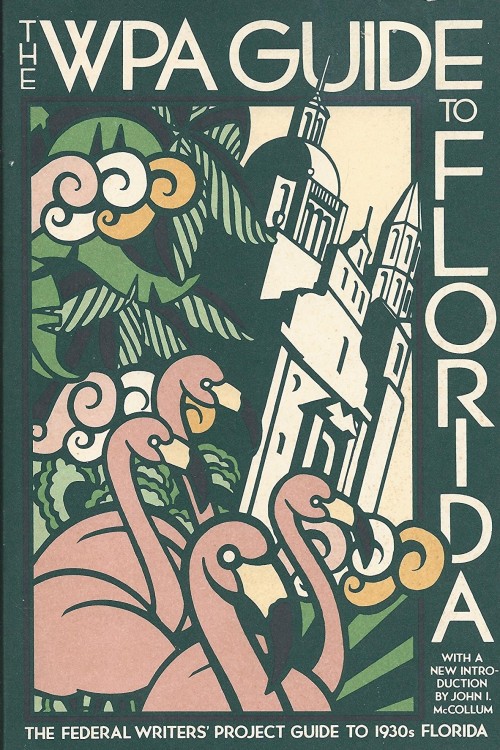In 2016, PBS’s Next Avenue named writer/editor Paul Kleyman an Influencer in Aging, recognizing his long career. After 20 years as editor of the American Society on Aging’s newspaper, Kleyman became director of the Ethnic Elders Newsbeat at New America Media, focusing on issues of aging within US ethnic groups. He also co-founded the Journalists in Aging Fellows program—which educates journalists about aging—with the Gerontological Society of America. He’s currently national coordinator of the Journalists Network on Generations.
Lately, there’s been some renewed interest in government-funded jobs and programs for the arts. Although I’m mainly known professionally for my journalism on aging and ageism, I devoted most of the 1970s to the field of community arts as it set out to promote multicultural contributions. The results ranged from San Francisco’s Mission muralists, to Chinese music played by the Flowing Stream Ensemble, to the San Francisco Blues Festival.
That kind of artistic effort goes way back. Take, for instance, the cluster of Works Progress Administration (WPA) programs of the 1930s. They were developed to help out-of-work artists in the depths of the Great Depression (despite the fact that conservatives reviled them as that bunch of “commies,” those “socialists,” out to corrupt American values).
In going through old files, I ran across this 2003 New York Times piece about the WPA by historian Douglas Brinkley, headlined: “Unmasking Writers of the W.P.A.: A Depression Project That Gave Rise to a Generation of Novelists.” Think of authors of fiction and nonfiction, such as Saul Bellow, Ralph Ellison, Zora Neale Hurston, Nelson Algren, Richard Wright, John Cheever, and so many others. Brinkley recalls that they tended to be ashamed of having worked in a government program—in their case, in the WPA’s Federal Writers’ Project.
That program alone paid 6,600 writers during the few years it lasted. Among many other things, they produced a series of guidebooks covering every state in the nation and some cities, along with essays about various cultures within the states, including those of immigrants and African Americans. The goal was to create a collective, inclusive self-portrait of America. Studs Terkel later credited the program with training him as an interviewer for such books as Working and Coming of Age, his volume on older activists.
The news hook for Brinkley’s 2003 article was that the Library of Congress had just that summer made many of those writings available to the public.
Brinkley quoted Jerrold Hirsch, PhD, of Truman State University in Kirksville, MO, who told him that the editors of the project believed they could build a national culture on diversity.
“They faced a great challenge coming out of the 1920s where white supremacists, via WASP primacy and the K.K.K. and anti-immigration laws, held sway,” Hirsch said. “In the Federal Writers’ Project, ethnic minorities were celebrated for being turpentine workers or grape pickers or folk artists.”
Brinkley goes on to show how, despite the discomfort of many writers, their experiences while receiving government support for the arts influenced their later perspectives and expansive outlooks.
I’ve heard that President Biden has been favorable to the idea of having the government fund some arts programs–although, understandably, he has larger priorities at the moment. I’m hopeful, though, that such an initiative will emerge during his term.
As for my own experiences during the 1970s, more than 40,000 professionals in the arts were employed over a period of six years through the Comprehensive Employment & Training Act (CETA). I had the privilege of helping to document the very cross-cultural accomplishments of the first CETA arts program in the country.

In 2016, PBS’s Next Avenue named writer/editor Paul Kleyman an Influencer in Aging. After 20 years as editor of the American Society on Aging’s newspaper, Kleyman became director of the Ethnic Elders Newsbeat at New America Media, focusing on issues of aging within US ethnic groups. He also co-founded the Journalists in Aging Fellows program—which educates journalists about aging—with the Gerontological Society of America. He’s currently national coordinator of the Journalists Network on Generations.



